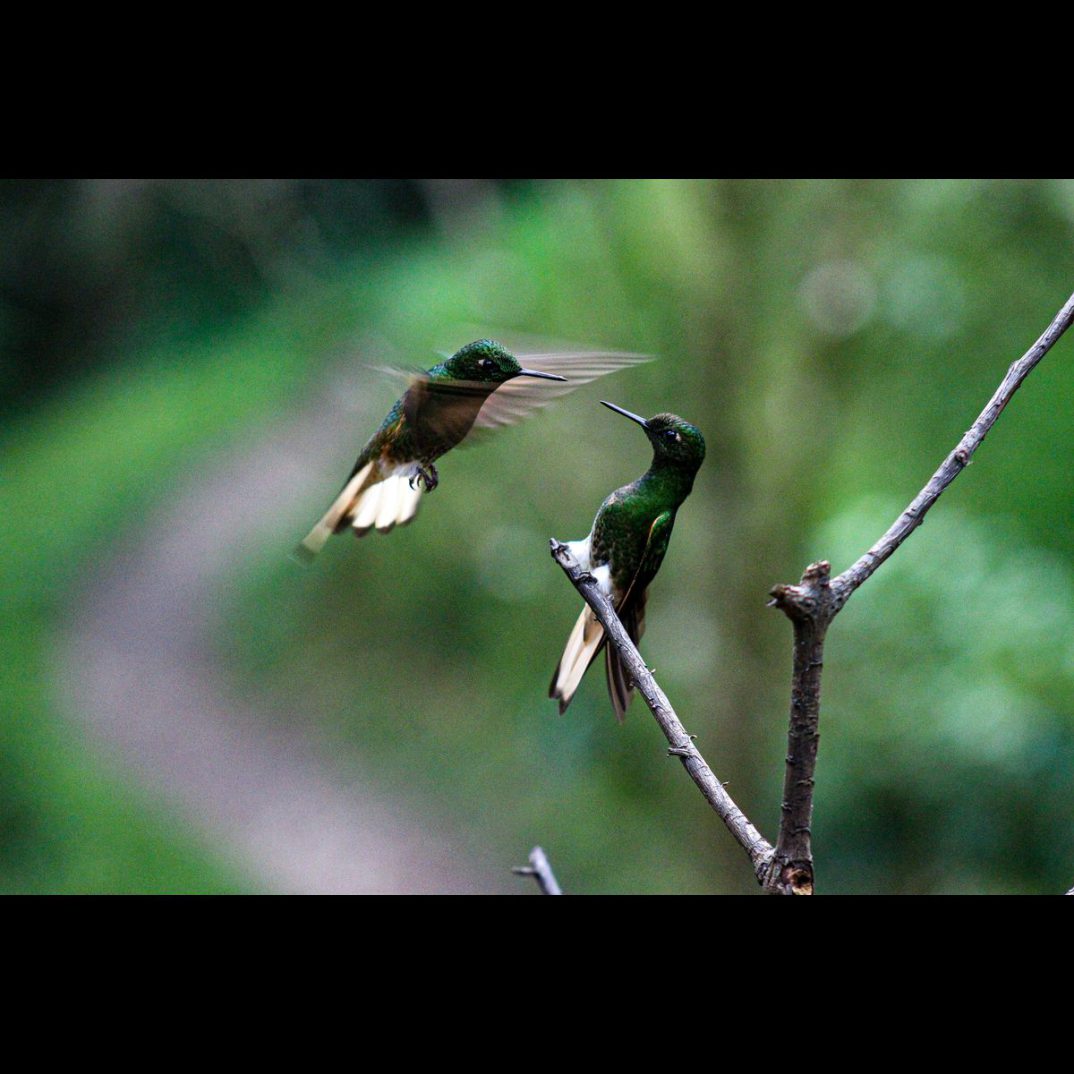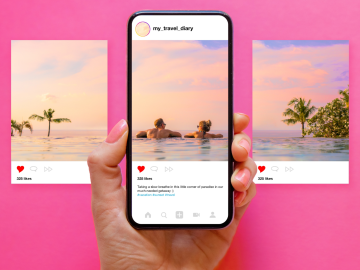Genetic data
A second area of contention concerns the use of genetic data from nature.
So-called digital sequence information (DSI) is used heavily by makers of drugs and agricultural products who mostly access it for free from public databases. Nations agreed at the last COP15 summit to establish a multilateral fund for “benefit-sharing” from its use.
Yet the details of how companies and other entities will pay into a fund, and how the money will be distributed, are now matters of tense debate involving complex inter-country alliances. Meanwhile large pharmaceutical and agribusiness companies are amongst the industry groups lobbying against the proposals, especially those for a levy on their returns from products made.
30 X 30 targets on land and water
A third key area of debate turns on how the GBF’s ’30 x 30’ area-based targets will be implemented, and who will benefit. Target 2 focuses on restoration and Target 3 on conservation of land, waters and seas, both aiming at 30% by 2030. These will need to be implemented nationally, and will affect billions of people.
Questions turn on fine-tuning criteria and measures for how different kinds of area might contribute (including strictly protected areas, ‘other effective area-based conservation measures’ (OECMs), land set aside for rewilding, indigenous territories, and the governance and social implications.
While other GBF Targets ostensibly safeguard local livelihoods and indigenous and local communities’ rights, how far these are integrated into implementation of the 30 x 30 targets remain matters of debate. Again, questions of equity and justice are key.
Indigenous peoples and locals
Meanwhile, important negotiations on proposals to strengthen ‘Article 8J’ – the principal mechanism for the participation of indigenous peoples and local communities in the CBD – by turning it from an ad hoc working group to a formal subsidiary body – are proceeding only slowly amidst struggles over definitions of group identities, including how to recognise Colombian populations who identify as ‘Afro-descendants’.
For all their importance, happenings in the formal negotiating chambers are a relatively invisible part of this COP. It is the largest ever by far, with an estimated 26,000 people participating in an unprecedented mass of side events, meetings and networking right across the sprawling Blue Zone.
More than Montreal and wider mix
The mix is unprecedented too, with the usual array of government, NGO and academic participants sharing the pavilions, stands and walkways with many indigenous peoples and their organisations from Colombia, the wider Latin American region and beyond, and with more than 3,000 business actors – more than three times the number present in Montreal two years ago.
This mix reflects two dominant threads in the mass of side event activity: On ‘nature positive’ business, finance and corporate investment, and on locally led, community and indigenous perspectives, rights and claims. These sometimes appear divided by incommensurable world views and languages, yet surely finding ways to bridge them and establish more equitable dialogue will be essential in the shared efforts to build thriving futures for all life.
Festival atmosphere
Meanwhile, in the heart of the city’s squares and river park is another world again: the Green Zone with its festival atmosphere, local music and crafts, marches and stalls sharing all kinds of nature-related innovations, arts and arguments.
Here the women, men and children of Cali are mixing with international visitors in what feels like a grand public gathering of joy and hope.
Colombia, a country as rich in cultural diversity as in biodiversity, recognises the deep interconnections in the ‘Peace with Nature’ theme for this COP, celebrated effusively in the ‘Nature and Culture’ day but infusing the whole gathering. Nowhere is this clearer than in the Green Zone’s world and wandering in it is an inspiration.




